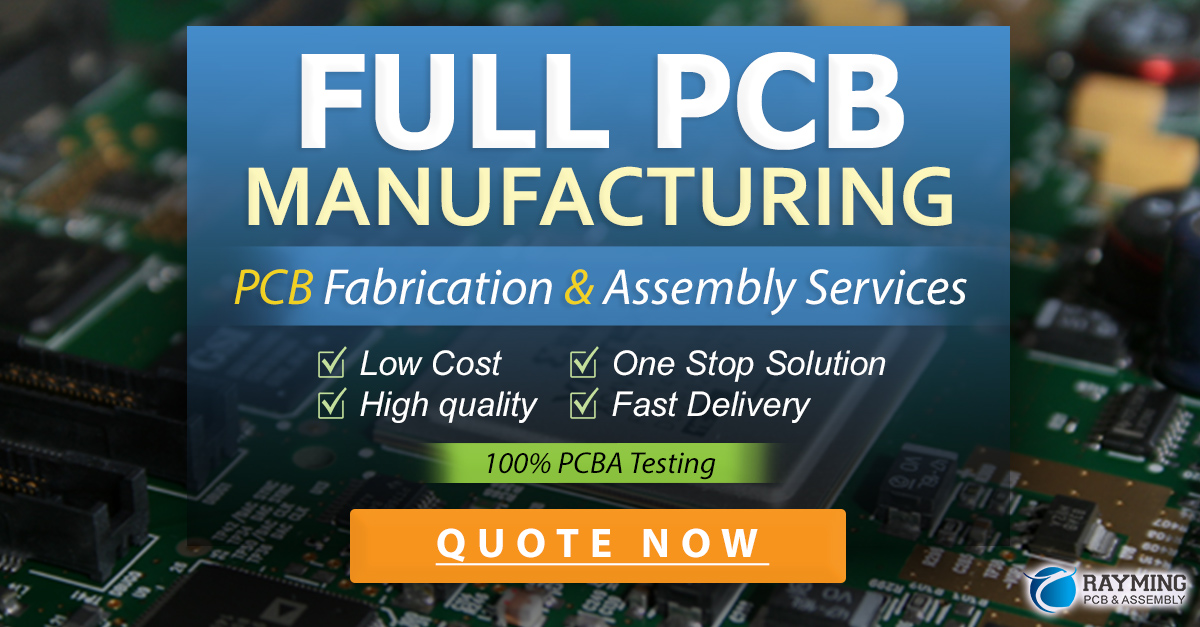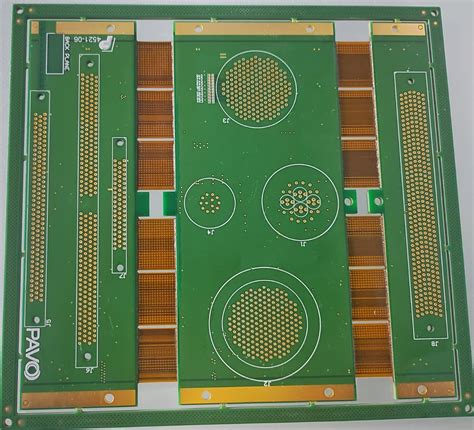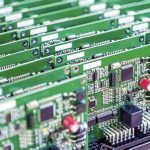Introduction to Multi-Layer Printed Circuit Boards
A multi-layer printed circuit board (PCB) is a complex PCB that contains three or more conductive copper layers. These layers are laminated together with insulating material to form a single circuit board structure. Multi-Layer PCBs allow for much higher component density and more complex circuitry than single or double layer PCBs. They are used in a wide range of applications, from consumer electronics to aerospace systems.
Advantages of Multi-Layer PCBs
Multi-layer PCBs offer several key advantages over simpler PCB designs:
- Increased circuit density – The multiple layers allow many more electrical connections to fit in a given area.
- Compact size – More functionality can be included in a smaller physical footprint.
- Improved EMI performance – Alternating signal layers and ground planes help minimize electromagnetic interference.
- Better power distribution – Dedicated power planes provide low-impedance power to the circuit.
- Higher reliability – Connections between layers are made with plated through holes, a very reliable construction.
Anatomy of a Multi-Layer PCB
Layer Stack-Up
The layers in a multi-layer PCB are arranged in a specific stack-up configuration. The stack-up defines the number, order, and type of layers. Here is an example 6-layer stack-up:
| Layer | Type | Thickness (mils) |
|---|---|---|
| 1 | Signal | 1.4 |
| 2 | Ground plane | 1.2 |
| 3 | Signal | 1.2 |
| 4 | Signal | 1.2 |
| 5 | Power plane | 1.2 |
| 6 | Signal | 1.4 |
The outer layers (1 and 6) are typically a bit thicker for durability. Signal layers route traces between components. Power and ground planes provide power distribution and shielding. More complex PCBs can have 12, 16 or more layers.
Vias
Vias are plated holes that connect different layers in the PCB. There are several types of vias:
- Through vias – go through the entire board from top to bottom
- Blind vias – connect an outer layer to an inner layer, but do not go through the whole board
- Buried vias – connect two inner layers without being visible on the outer layers
Vias are a key part of multi-layer construction, but they do take up space on the layers they pass through. Designers must carefully plan the use and placement of vias.
PCB Design for Manufacture
Designing a multi-layer PCB involves some additional considerations compared to a simple single or double layer board. Some key points to keep in mind:
Material Selection
The substrate material of the PCB affects its mechanical strength, thermal performance, and dielectric properties. FR-4 glass epoxy is a common choice. For high frequency RF designs, lower-loss materials like Rogers or Taconic are often used.
Controlled Impedance
Multi-layer PCBs are often used for high speed signaling, where controlling the impedance of the traces is critical. The trace width, layer thickness, and dielectric properties all affect impedance. PCB manufacturers can tightly control these parameters to achieve a specific impedance, such as 50Ω for USB traces.
Drill Tolerances
The plated through holes for vias are made by drilling through the laminated layers. Smaller vias are more difficult and costly to drill. Designers must consider the capabilities of their manufacturing partners and design vias with appropriate size and tolerance.
Layer-to-Layer Registration
The multiple layers of the PCB must align precisely. Designers should provide clear fiducial marks and tooling holes to allow proper registration during manufacturing. Tight tolerances may be required for fine-pitch BGAs or micro vias.

PCB Assembly Considerations
Surface Mount Technology
Multi-layer PCBs are well suited for dense surface mount assembly. Fine-pitch components like QFP and BGA packages can be used. The inner layers can provide power distribution and reduce the need for surface traces.
Mixed Technology
Many designs use a mix of through-hole and surface mount components. Through-hole parts like connectors can be placed along the edges of the board, while SMT dominates the interior. Vias can provide connections to inner signal and power layers.
Soldering
Wave soldering was once common, but now most multi-layer PCBs use reflow soldering. Either paste is applied through a stencil (stencil printing) or the whole board is dipped in a paste bath (dip soldering). The entire assembly then goes through an oven to melt the solder.
Applications for Multi-Layer PCBs
Consumer Electronics
Smartphones, laptops, gaming systems and other gadgets pack a ton of functionality into slim enclosures. None of this would be possible without multi-layer PCBs. A typical smartphone motherboard may have 8-10 layers.
Telecommunications
Networking equipment, from ethernet switches to 5G radios, relies on multi-layer PCBs for high-speed signaling. Tight impedance control and low-loss materials enable data transfer at speeds up to 400 Gbps.
Automotive
Cars are increasingly stuffed with electronics, for everything from engine control to advanced driver assistance systems (ADAS). Multi-layer PCBs provide the density and reliability needed for these critical systems. Automotive PCBs often have special requirements for extended temperature range and vibration resistance.
Medical Devices
Medical equipment demands the highest level of reliability and safety. X-ray machines, patient monitors, and diagnostic instruments use multi-layer PCBs for their high performance and density. Specialized materials and manufacturing controls are used to meet stringent biocompatibility and sterilization requirements.
Aerospace & Defense
Avionics, radar, and satellite systems all use multi-layer PCBs for their compact size and high reliability. Designs may use exotic materials like polyimide for extreme temperature tolerance. Redundancy and conservative design rules are often employed for mission-critical hardware.
Frequently Asked Questions
How much do multi-layer PCBs cost?
Costs for multi-layer PCBs vary widely depending on the number of layers, size of the board, materials, and manufacturing requirements. In general, expect to pay several times more than for a simple double-sided board. A small 4-layer PCB may cost around $10-20 per board in volume, while a large, complex 12-layer board can easily cost over $100 each.
What’s the maximum number of layers possible?
There is no hard limit, but practical considerations usually keep layer counts below 30-40 layers. The most complex PCBs, like those for supercomputers or communications satellites, may have up to 50 layers.
Are multi-layer PCBs less reliable?
No, in fact multi-layer PCBs are typically more reliable than simpler designs. The use of dedicated power and ground planes reduces noise and improves power delivery. The plated through hole construction provides very reliable interlayer connections.
What industries commonly use multi-layer PCBs?
Nearly all modern electronics use multi-layer PCBs to some degree. They are especially common in consumer electronics, telecommunications, automotive, aerospace, medical, and industrial applications.
What are the drawbacks of multi-layer PCBs?
The main drawbacks are complexity and cost. More layers means more design effort, higher manufacturing cost, and longer lead times. The high density can also make rework and debugging more difficult compared to simpler PCBs.
Conclusion
Multi-layer PCBs are a key enabling technology for modern electronics. They provide the circuit density, speed, and reliability needed for today’s complex systems. While more expensive and complex than simple PCBs, multi-layer boards are essential for everything from consumer gadgets to aerospace hardware.
As electronics continue to evolve toward higher speed and density, multi-layer PCBs with 8, 12, or more layers will become increasingly common. Designers must understand the materials, stack-ups, manufacturing processes, and assembly techniques to effectively use these powerful circuit boards. With proper design and manufacturing, multi-layer PCBs will continue to push the boundaries of electronic systems.






Leave a Reply